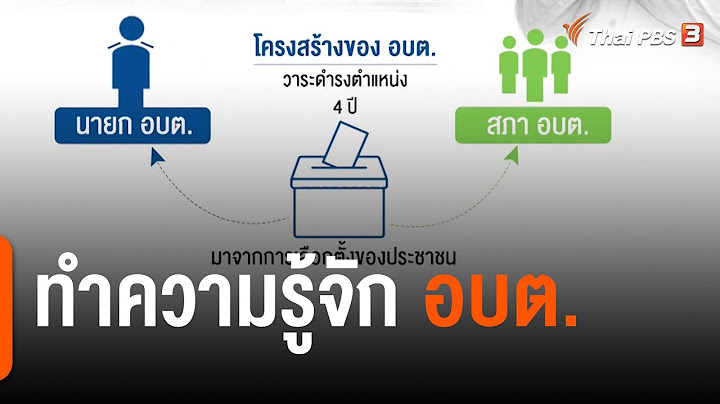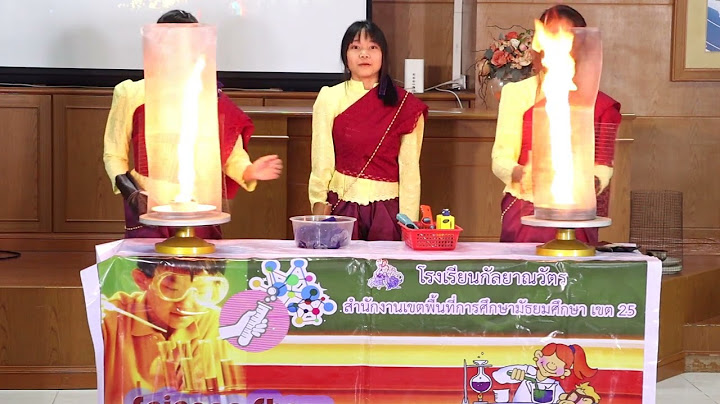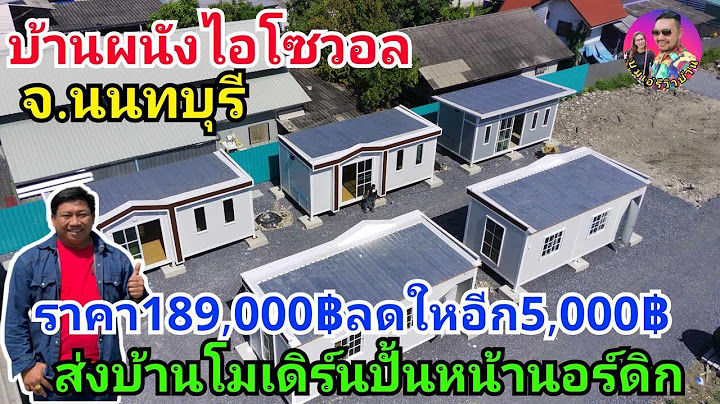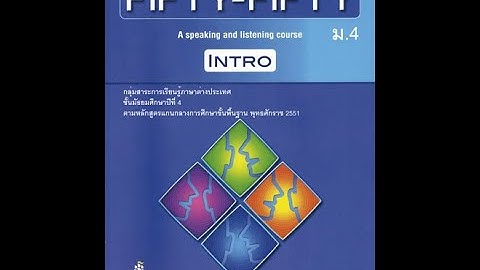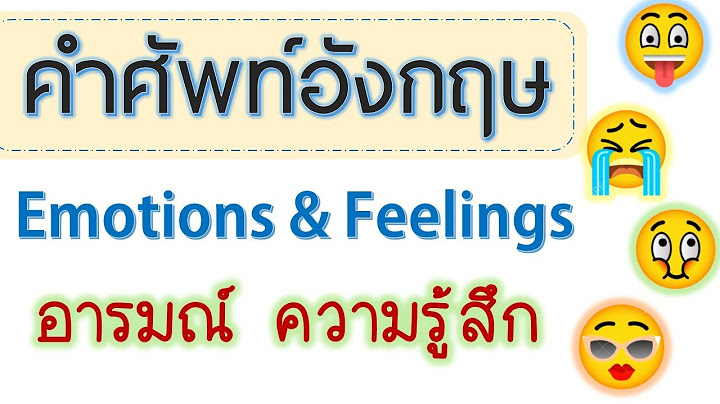- ภาพปกหน้า ดัดแปลงจากภาพแผนที่ Burma and Farther India (1909) โดย John George Bartholomew ที่ตีพิมพ์ในหนังสือ "ประมวลแผนที่: ประวัติศาสตร์-ภูมิศาสตร์-การเมือง กับลัทธิอาณานิคมในอาเซียน-อุษาคเนย์" (2555) ของมูลนิธิโครงการตำราสังคมศาสตร์และมนุษยศาสตร์ (ภาพในหนังสือดังกล่าวทำขึ้นจากแผนที่ที่อยู่ในความครอบครองของนักสะสมซื้อแผนที่ ชื่อ ธวัชชัย ตั้งศิริวานิช) - การออกแบบปกและการเลือกเฟ้นภาพแผนที่ที่จะนำมาใช้เป็นวัตถุดิบบนปก เป็นผลงานและการตัดสินใจของดีไซน์เนอร์นาม “มุกหอม วงษ์เทศ” โดยความเห็นดีเห็นงามจากคณะบรรณาธิการของสำนักพิมพ์อ่าน สำนักพิมพ์อ่านขอขอบคุณความไว้วางใจจากผู้เขียนคือ อ.ธงชัย วินิจจะกูล ที่ปล่อยให้สำนักพิมพ์อ่านและคุณมุกหอม วงษ์เทศ ดำเนินการเกี่ยวกับปกไปตามวิจารณญาณ ตั้งแต่การคิดคอนเส็ปต์ การคัดเลือกภาพแผนที่ที่จะใช้ และการดัดแปลงขึ้นเป็นภาพใหม่ โดยที่ผู้เขียนเองเพิ่งจะได้เห็นในนาทีสุดท้ายว่าหน้าตาจะออกมาเป็นอย่างไร และจะเป็น "แผนที่" แบบไหน - สำนักพิมพ์อ่านได้รับความช่วยเหลืออย่างดียิ่งจากทีมงานมืออาชีพ "ดรีมแคทเชอร์ กราฟฟิค" ในกระบวนการดัดแปลงภาพแผนที่ต้นฉบับให้กลายเป็นภาพปกตามความต้องการของดีไซน์เนอร์ ตั้งแต่การสแกนภาพแผนที่จากหนังสือ "ประมวลแผนที่: ประวัติศาสตร์-ภูมิศาสตร์-การเมือง กับลัทธิอาณานิคมในอาเซียน-อุษาคเนย์" ของมูลนิธิโครงการตำราสังคมศาสตร์และมนุษยศาสตร์ แล้วนำมาดราฟท์ขึ้นใหม่ จากนั้นจึงเพิ่มเติมและลบทิ้งรายละเอียดบางส่วน เพื่อให้เกิดเป็น "การขับเน้นของสิ่งที่ไม่มีอยู่" สำนักพิมพ์อ่านขอขอบคุณมูลนิธิโครงการตำราสังคมศาสตร์และมนุษยศาสตร์ และสำนักพิมพ์ดรีมแคทเชอร์เป็นอย่างสูง ที่เอื้อเฟื้อต่อ "การกำเนิดของแผนที่" ในฉบับปก "กำเนิดสยามจากแผนที่" ดังเห็นอยู่นี้ The objective of this thesis is to provide the transliteration and the translation of the chapter relating to the concepts of the planets, Daśās and the physiognomy of Bṛhatpārāśara-horāśāstra from Sanskrit into Thai, and to explore and compare these concepts as stated in Bṛhatpārāśara-horāśāstra with Thai Brahmajāti popular edition. The result of this study reveals that it is possible that Brahmajāti could be influenced by Indian thoughts due to the fact that the astrological concepts resemble Bṛhatpārāśara-horāśāstra, especially the concepts of the planets and Daśās. As for the concepts of the planets, their names in Brahmajāti have derived from Pali and Sanskrit which share the same etymology with the planets’ names in Bṛhatpārāśara-horāśāstra in terms of the meaning of the origin, the character and the position. Nevertheless, it is worth noted that according to Brahmajāti, the planets are created by lord Īśvara. The characters and the relationships of the planets in Bṛhatpārāśara-horāśāstra and Brahmajāti illustrates some differences. Still, the essential dignities of the planets such as rulership, exaltation and debilitation are similar. Concerning the conpets of Daśā, Brahmajāti calls out Daśā as “Thaksa” and Mahathaksa is also similar to the Aṣṭottarīdaśā in Bṛhatpārāśara-horāśāstra including the total age of 108 years, the age of the planets and the calculation of the span of the planet’s Daśā and the planet’s Antardaśā. Only the calculation of the first planet’s Daśā is different. In fact, Bṛhatpārāśara-horāśāstra is more concerned by the period of the moon in natal nakṣatra whereas Brahmajāti is concerned by the native’s lord of birthday. Bṛhatpārāśara-horāśāstra and Brahmajāti both calculate the span of the planets in Daśā system by cross-multiplication. However, the prediction in Bṛhatpārāśara-horāśāstra considers the planets’ essential dignities. It is interesting to indicate that most of the predictive texts are different. For the concept of the physiognomy, the predictions based on the effects of the characteristic features of various body parts as well as the effects of marks in Bṛhatpārāśara-horāśāstra apply specifically to women even though the last śloka of chapter 81 and some predictive texts in chapter 82 indicate that this can also be applied to men. However, the physiognomy in Brahmajāti predictions are applied to both women and men. The auspicious-inauspicious effects of the physiognomy of both scriptures are similar whereas the predictive texts are mostly different. Musical composition “String Orchestra and Flute” composed to celebrate the Korea-Thailand sixtieth anniversary of the diplomatic relations. The composition conveys different cultural aspects of the two countries. Compositional materials are based on Thai rhythmic pattern, Thai melody—Kangkaw Kin Kluay—and Korean musical modes, especially P’yŏngjo, Kyemyŏnjo, and Oeumgae (Five Notes System). The main motive is a collection of E, F, and A or set of (015) derived from 60th anniversary. This neotonal composition comprised motivic development, variation in fragmentation, and quartal/quintal chord. This descriptive researchaimed atto study the psychological of administrator Sirindhorn College of Public Health, KhonKaen province Thailand, as Expected of staffs at Sirindhorn College of Public Health,KhonKaen Province, Thailand. 155staffs were collected using a questionnaire. The data were analyzed in terms of descriptive statistics, percentage, mean, standard deviation and correlation with statistical correlation of Pearson. The results of the study were as follows: 1.Personality Characteristics,the most expectations were hard-working,speaking skill and good modeling. 2.The positive characteristics,the most expectations were the responsibility , administrative skill,proper management and widely- vision. 3.Adjustment qualification, the most expectations were the administrator who love to learn ,advancing themselves,consciousness,acceptingthe opinion of the others,and having the reason in working with the others. 4.Emotional characteristics,the most expectations were encouraging ... This purpose of this research were 1) to find achievement of new researcher and 2) to find satisfaction of new researcher who trained by the Blending Training Program Integration with Knowledge Management System for New Researcher in Research Proposal Performing. The simple random sampling samples were 30 new researchers who interested to write research proposal and had not experience for research proposal performing. The Blending Training Program Integration with Knowledge Management System efficiency equal to 82.03/80.67 which was divide to two parts that the first part was used in e-Learning were coaching, collaboration learning, and knowledge management system and that the second part was used The techniques used in Face-to-Face Learning. The after process of training , the new researchers were evaluated by posttest and trainee’s satisfaction questionnaire. The statistics implemented were mean and standard deviation. The finding of research : 1) the achievement of new researcher... This study aims to study the efficiency levels in operating international conferences of hotels in municipal district of Khon Kaen province, Thailand. The guidelines to improve the efficiency of organizing hotel business conferences were proposed in the result of this study. The in-depth interviews and questionnaires were employed to collect the data from 21 hotel’s representatives. The Data Envelopment Analysis (DEA) was used to analyze the collected data from the questionnaires. In order to analyze the productivity factors, several input factors were studied, such as delivery vehicles, size of conference room, maximum capacity for participants, size of parking lot, number of elevators, number of restrooms, provisional facilities, food and beverage cost, and number of staff. On the other hand, the output factor was the income of the hotels in organizing the international conference. It was found that the average technical efficiency: CRS model is 84%, whereas the average technical ... Ecosystem services (ES) is a concept concerning the relationship between humans and the environment. In the last two to three decades, this concept has drawn interest and has been applied broadly in international academic issues, policy making and environmental advocacy. However, the implementation of this concept regarding Thailand’s environmental problems remains in the early stages. This paper aims to stimulate interest, shorten the time and overcome difficulties in understanding the concept. It provides knowledge about preliminary ES by presenting the concept derivation and a critique from the “inside,” referring to relevant ES-related courses such as Biology, Ecology, Economics. The rest of this paper focuses on a critique from the “outside” in which the authors concentrate on a critique from the perspective of Political Ecology, which is critical of it and provokes a discussion of more serious environmental solutions. The paper concludes by indicating that ES is a dynamic conc... |

กระทู้ที่เกี่ยวข้อง
การโฆษณา
ข่าวล่าสุด
ผู้มีส่วนร่วม
การโฆษณา
ผู้มีอำนาจ
การโฆษณา
ถูกกฎหมาย
ช่วย

ลิขสิทธิ์ © 2024 th.apacode Inc.









